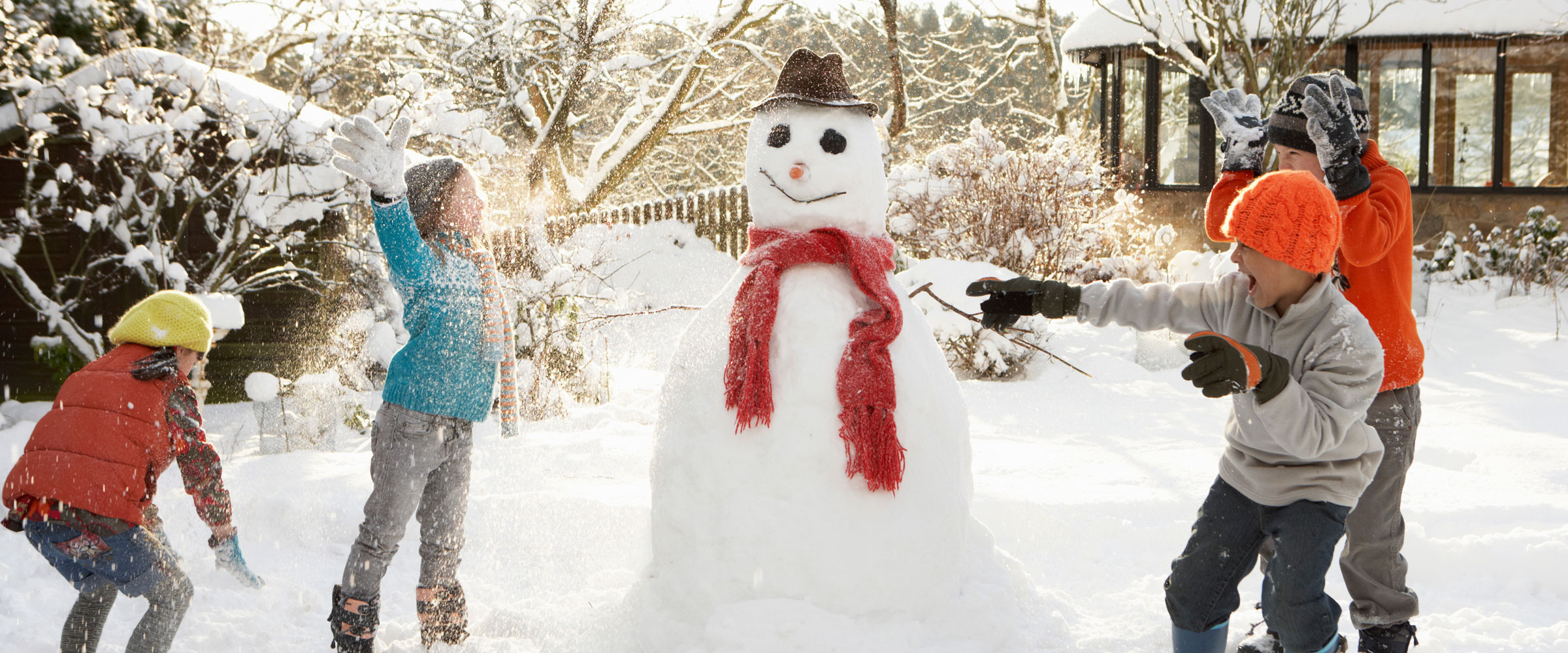Understanding Frostbite and Hypothermia in Kids
January 16th, 2019

Understanding cold-related injuries is important for parents at this time of year, according to Raymond D. Pitetti, MD, MPH, associate professor of pediatrics, University of Pittsburgh School of Medicine. There are two broad categories for cold injuries—freezing injuries like frostbite, and nonfreezing injuries like hypothermia. Kids are especially at risk for both types of cold injuries, in part because when they are having fun outside they just don’t know when to quit! Kids are also different physiologically: they have fewer fat stores therefore less ability to maintain heat internally.
Frostbite is a cold injury that’s caused by the freezing of the skin and underlying tissues. Frostbite can affect any exposed patch of skin, but often involves the fingers, toes, and the tips of noses and ears. A frostbitten area of skin can progress from cold to numb to hard and blisters may also develop. Long-term effects of frostbite can include numbness and nerve damage, and could lead to the need for amputation
Hypothermia is a potentially life-threatening condition in which body temperature drops dangerously low and organs can’t function normally. Symptoms of hypothermia include uncontrollable shivering, becoming pale and cold to the touch, confusion, lethargy, and breathing quickly or having trouble breathing. Severe hypothermia can lead to heart or brain injuries.
To avoid cold injuries, Dr. Pitetti recommends that parents cover their children’s skin in the winter, regardless of what the temperature is. He also suggests that kids younger than 12 be outside for no more than about 20-30 minutes at a time. If your child does experience a cold injury, get them in out of the cold, remove any wet clothing, warm them up under dry layers of blankets of clothing, and seek medical attention as soon as possible.